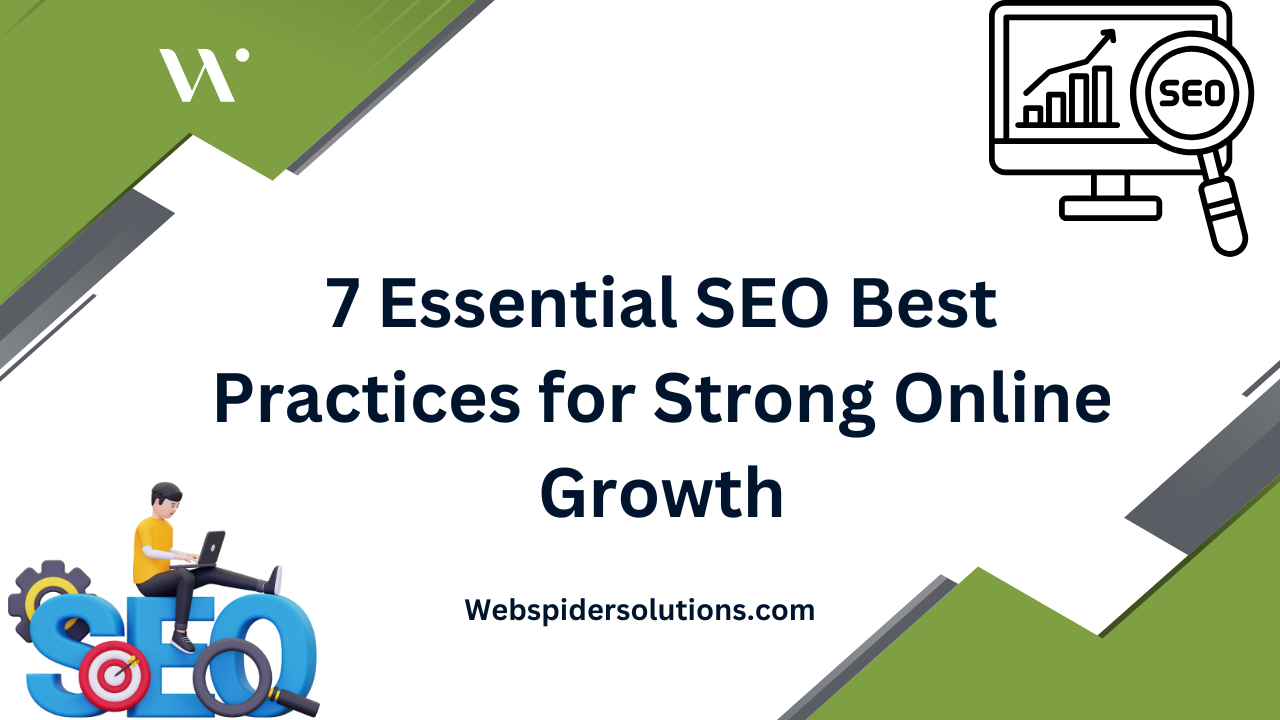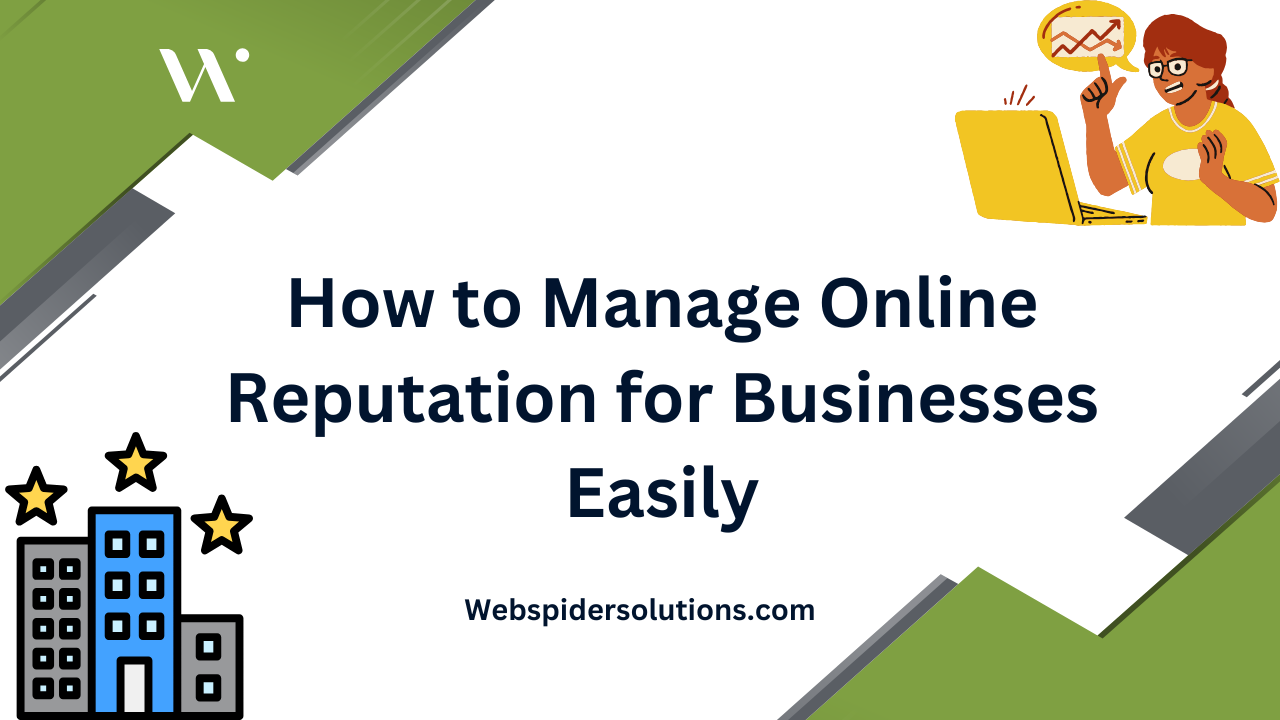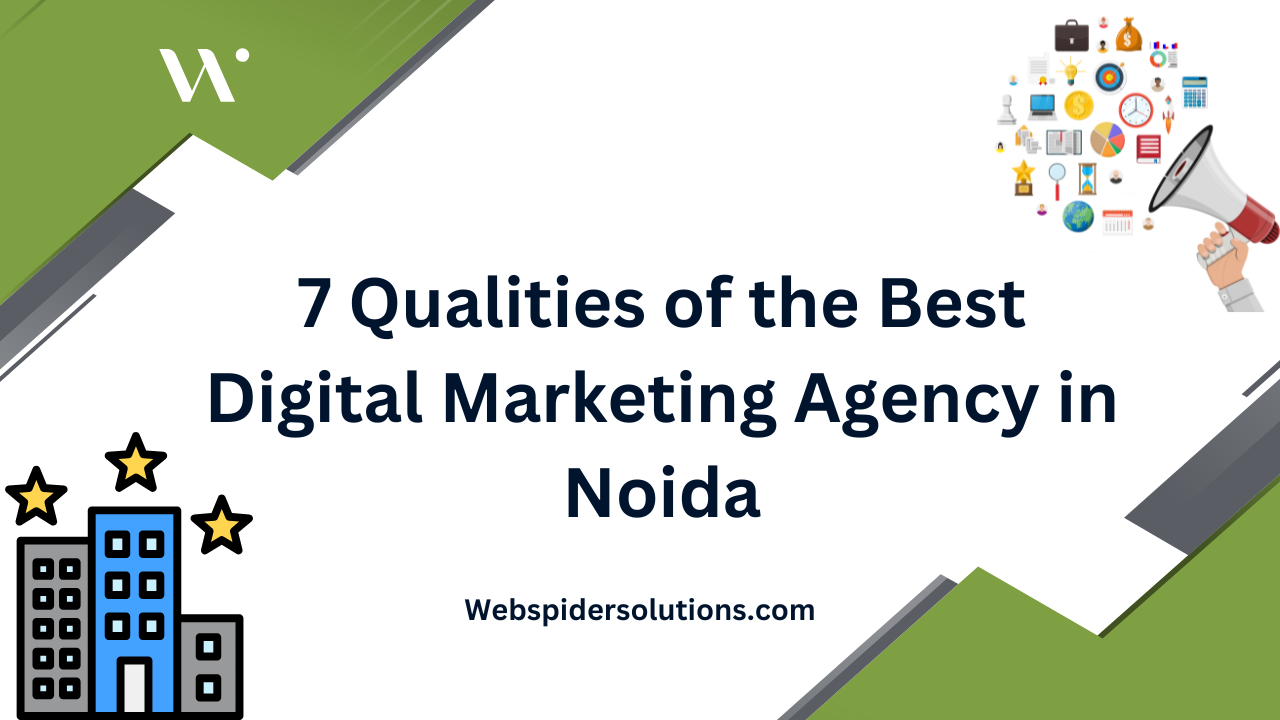Introduction
Whenever you are spending your precious time and money to drive traffic to your business site but are not getting any concrete returns in form of leads, sign-ups or sales, then your conversion rate optimization (CRO) needs to be repaired. Increasing the conversion rate of your site is not only a nice idea, but rather a process that is required to maximize the revenue being generated through pre-existing traffic.
This is a complete guide on what you can do to increase your conversion rates on your web site based on proven strategies.
1. Set a Clear Business Goal
All websites should have a specific goal that can be measured. The user should not be forced to read about your products but to do something: to sign up, purchase it, click, and subscribe. Question: What should be the chief goal of the visitors after your visit?
the design of your whole site should be based on this goal. You cannot improve or measure success without it.
2. Craft a Compelling Value Proposition
The most important factor that will affect the conversions is your value proposition. It is the response to the question of why you should purchase your products rather than others.
One of the great value propositions is:
- Concrete and clear
- Examples of how you are differentiated to your competitors
- Sale is oriented at benefits, not features
Don’ t give any abstract descriptions such as world-class solutions or cutting-edge platforms. Be customer oriented and straightforward. Then, test it- value propositions should change according to the results of A/B testing.
3. Run A/B Tests Regularly
The fundamental part of CRO is A/B testing. You can use it to make a comparison between two or more versions of a web page to see which description does better. Such test elements include:
- Headlines
- Call to action (CTA) buttons
- Pictures and videos
- Page layouts
The weaknesses can be rectified by small changes that can result in huge benefits in the long-run. There should always be some tests that are running, preferably continuous optimization.
4. Build a Conversion-Friendly Sales Funnel
A large percentage of visitors are not prepared to make purchases at the same time. In the case of high-ticket or complicated products, hurry strikes the conversion. Rather, build a sales funnel to establish visitor trust and nudge the visitors towards conversion.
Example funnel for a digital course:
- Step 1: Provide usable, valuable blog material that is free of charge
- Step 2: We hook email with lead magnet (e.g. free guide)
- Step 3 : Free Send a mini-course by email
- Step 4: Sell following trust development
This is where visitors are kept warm until they are converted to be committed.
5. Simplify and Clarify Your Messaging
Simplicity is superior to artfulness. Avoid using jargon and business words. Rather, use the simple, conversational language, which your audience is familiar with.
Ask-“Would I explain this to a friend in the same manner?” Otherwise, copy all your own words.
Also, deal with customer objections before they happen. Include the FAQs, testimonials, guarantees and comparisons of facts to ease doubt.
6. Enhance Trust on Every Page
The significant obstacle to conversions is trust. This is how it can be boosted:
- Include a social proof: reviews, testimonials, number of users
- Post awards and certifications
- Have easy to contact details
- Check out badges should be secured
- Include actual employee biographies and photos of team players
- Make sure your content is fresh-old sites lose their status in credibility
Design is also important. Presenting in a clean, modern, and professional layout makes it think it is trustworthy.
7. Make It Easy to Buy
Each extra click or extra field on the form removes an opportunity of conversion. You want to make the procedure as straightforward as can be:
- Use irresistible call to actions like Buy Now, Get Started or Claim Your Free Trial
- Reduce fields of form
- Enable the guest checkout
- Offer Google or Facebook one-click sign-up instances
- Cure choice overload by having better filters, less choice and intelligent suggestions
Keep in mind, confused customers do not convert.
8. Communicate Value Before Price
Never lead with price. Instead, clearly explain the value and benefits first. Show how your product or service:
- Solves a specific problem
- Saves time or money
- Delivers measurable results
Then, support your claims with:
- Customer testimonials
- Case studies
- Third-party reviews
- Demonstration videos
You’re not just selling a product—you’re offering a solution.
9. Use Urgency and Scarcity (Ethically)
One can make more conversions by creating a feeling of genuine urgency. Tactics include:
- Time-sensitive discounts (“Ends tonight!”)
- Limited stock notices (“Only 3 left”)
- Countdown timers for offers or promotions
Caution: Always be honest. Fake urgency damages your credibility long-term.
10. Remove Distractions
Unless you compare yourself with your competitors, your visitors will. Make reputable, tactical comparison pages that:
- Removing unnecessary navigation on landing pages
- Minimizing pop-ups and sidebars
- Using white space to highlight key actions
- Avoiding excessive or stocky visuals
Less is more. Every element should serve a purpose—or be removed.
11. Compare Yourself to Competitors
Unless you benchmark yourself to other websites like them, your visitors will. Make strategic truthful comparison pages that:
- Emphasize on your strengths
- Justify your higher price (where you might have one)
- And call out weaknesses (and justify as a matter of preference)
This ensures that users cannot switch to find out alternatives- and it keeps the talk on your side.
12. Offer Guarantees and Reduce Risk
- Provide Guarantee and Downplay Risk
- Customers fear that they made the wrong choice. Be risk free with:
- Money-back guarantees
- Demos or free trials
Return policies according to which there are no questions asked
Experiment with the various formats of the guarantee and see which converts best. The stronger you are on your side of the negotiation the more users are sure in purchasing.
Conclusion
Improving conversion in your site is not something you can correct once and forget about, it is a continuous process of experimenting, education and optimization. This can be successfully done with the help of a well-made conversion optimization checklist. Begin by establishing what you want to achieve and work backward. Develop a strong value pitch, establish credibility, remove friction and continuously experiment.
Using only some of these strategies, you will be able to increase the number of people who become devoted regulars and raise your revenue without having to spend one extra cent on traffic—contact us to help you implement them effectively.











